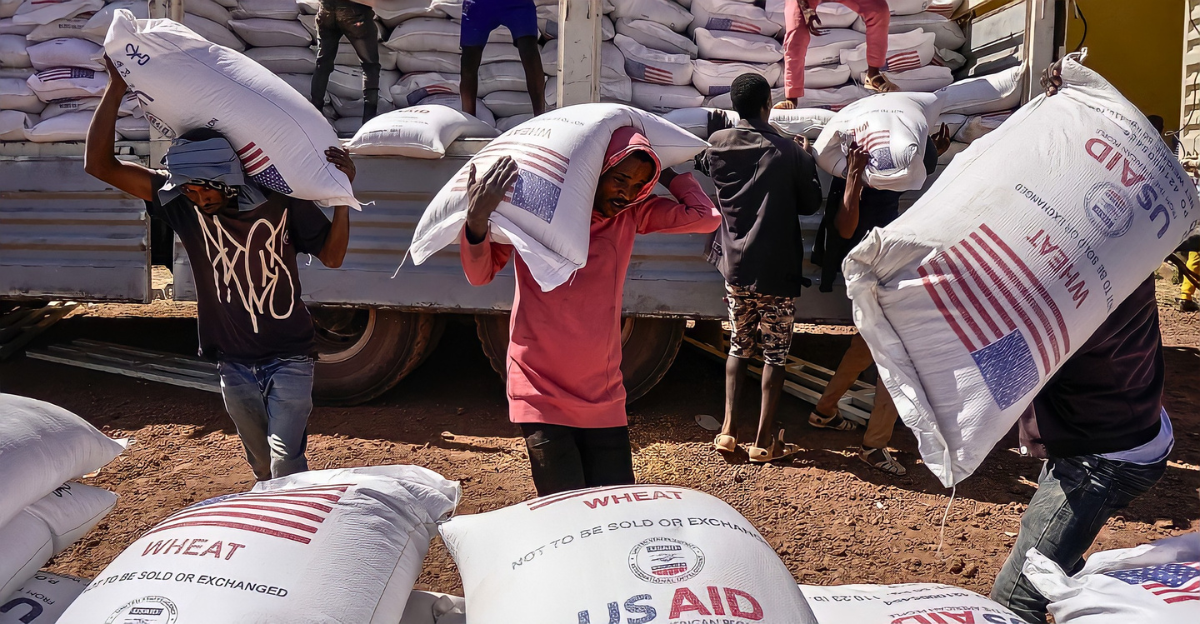
In a dramatic turn of events, President Donald Trump has secured a major legal victory. The courts have ruled in his favor, allowing him to halt the distribution of billions of dollars in foreign aid. While this might not seem like a win for the beneficiaries of these funds, the administration sees this as a major step forward in the fight over federal funds and where they should be allocated.
Trump’s win is expected to have far-reaching implications for international diplomatic relations and the future of U.S. foreign policy.
Executive Action On Day One
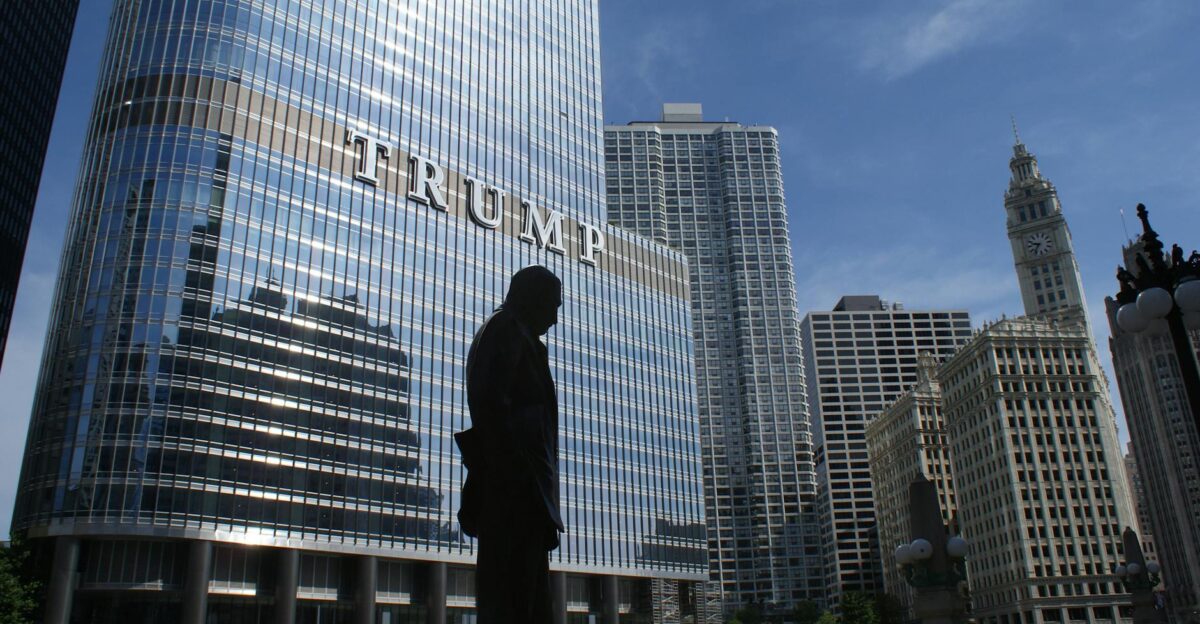
Donald Trump wasted no time making his mark through executive action on his very first day back in the Oval Office. In a record-breaking flurry, he signed over two dozen executive orders and a series of memoranda, undoing many of the policies put in place by his predecessor.
According to Reuters, “Trump imposed a 90-day pause on all foreign aid on January 20, the same day he was inaugurated for a second term in the White House. His executive order was followed by aggressive moves to gut USAID, the main U.S. foreign aid agency, including by placing much of its staff on leave and exploring bringing the formerly independent agency under the State Department.”
Scope of the Freeze
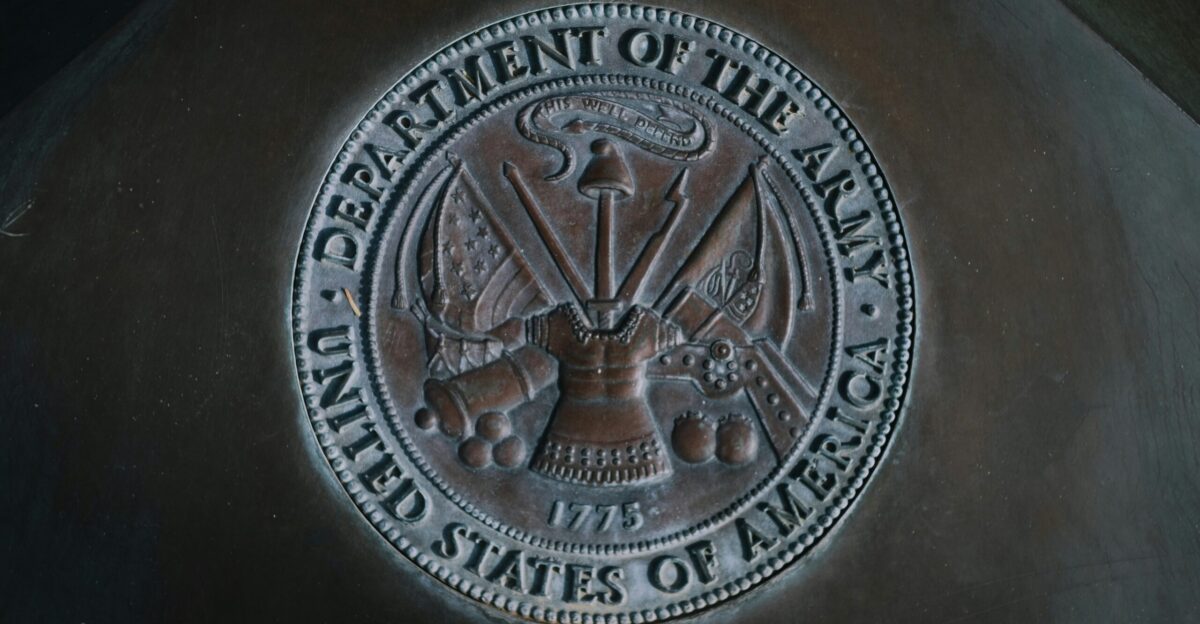
Immediately following the executive order, the State Department instructed diplomatic missions to suspend ongoing and new aid initiatives, halting billions in funding for global health programs, economic development, disaster relief, and civil society support.
The freeze covered almost the entirety of USAID’s operations, except emergency food assistance and select military financing (notably for Israel and Egypt).
Legal Challenge by Nonprofits

Two major organizations filed suit, calling the freeze “unlawful” and warning of “immediate, irreparable harm” if the funds remained frozen. Leading the charge were groups like Public Citizen, AIDS Vaccine Advocacy Coalition (AVAC), and Journalism Development Network (JDN), which argued that the freeze was not only dangerous and disruptive but also illegal.
The lawsuits detailed how the sudden halt had forced immediate staff layoffs and threatened the closure of life-saving programs, including HIV prevention research and support for investigative journalists across dozens of countries.
Previous Lower Court Rulings

In March, U.S. District Judge Amir Ali granted a temporary injunction, ruling that the administration’s withholding of congressionally allocated funds was unlawful and ordering Trump’s team to restore the halted aid payments. However, the appellate panel later reversed this ruling, holding that the plaintiffs lacked the legal standing to sue and that only Congress could challenge such impoundments.
Appeals Court Overturns Injunction

In a 2-1 decision, the U.S. Court of Appeals for the District of Columbia Circuit ruled that the nonprofit organizations and aid groups that had sued lacked the legal standing to challenge the freeze, stating that only the Government Accountability Office could pursue such a claim under the Impoundment Control Act.
This decision allowed the Trump administration to suspend, terminate, or eliminate vast swathes of U.S. foreign aid.
Congress vs. Executive Authority
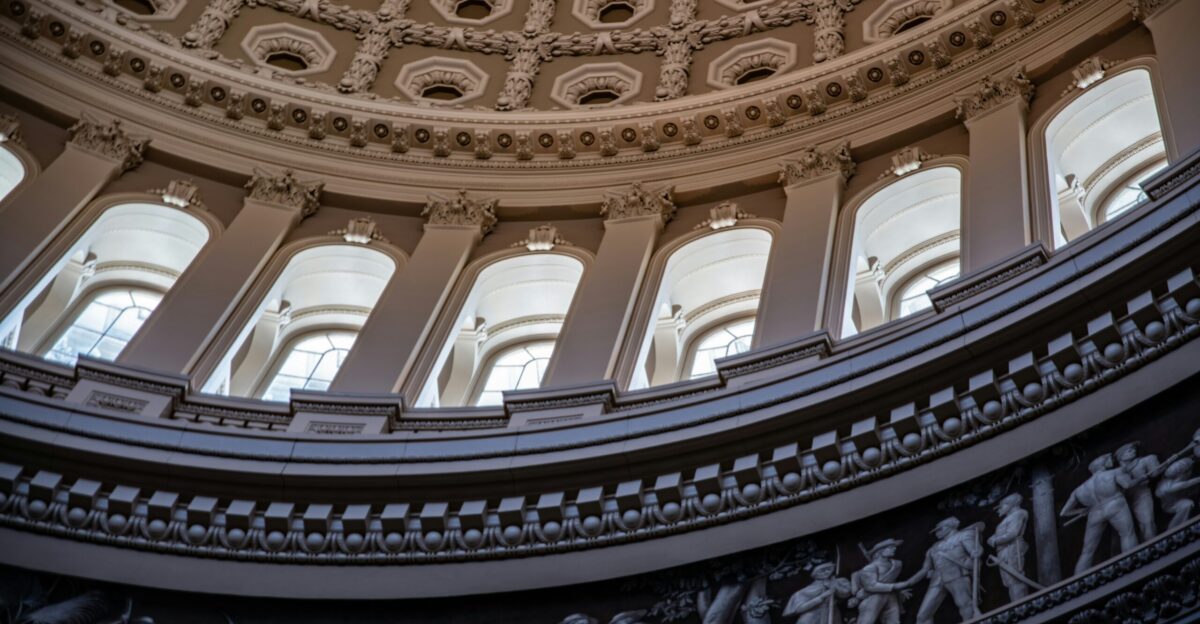
Congress established USAID through explicit legislation, vesting the agency’s existence, mission, and funding in statute. Legal experts note that “the president may not unilaterally override a statute by executive order” and that abolition of USAID “would require an act of Congress”.
Despite this, the Trump administration proceeded with executive actions to shutter the agency, reallocate funds, and transfer functions to the State Department. The administration eventually notified Congress and initiated a consultative process following court orders and oversight pressure.
Potential Congressional Response
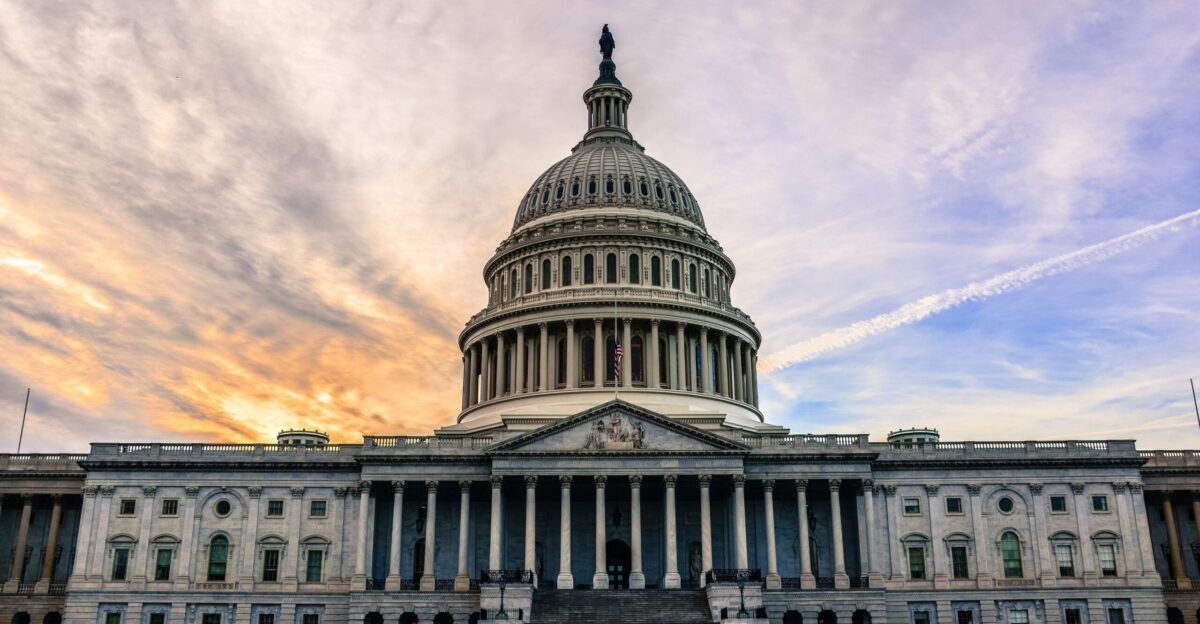
Congress is widely expected to mount a response to USAID’s dissolution, which was executed with minimal legislative consultation. Several committees have issued inquiries and scheduled hearings to examine the legality, consequences, and broader impacts of the reorganization, and some senior senators have signaled plans to block or amend appropriations bills to reinstate critical aid functions.
Elimination of Grants
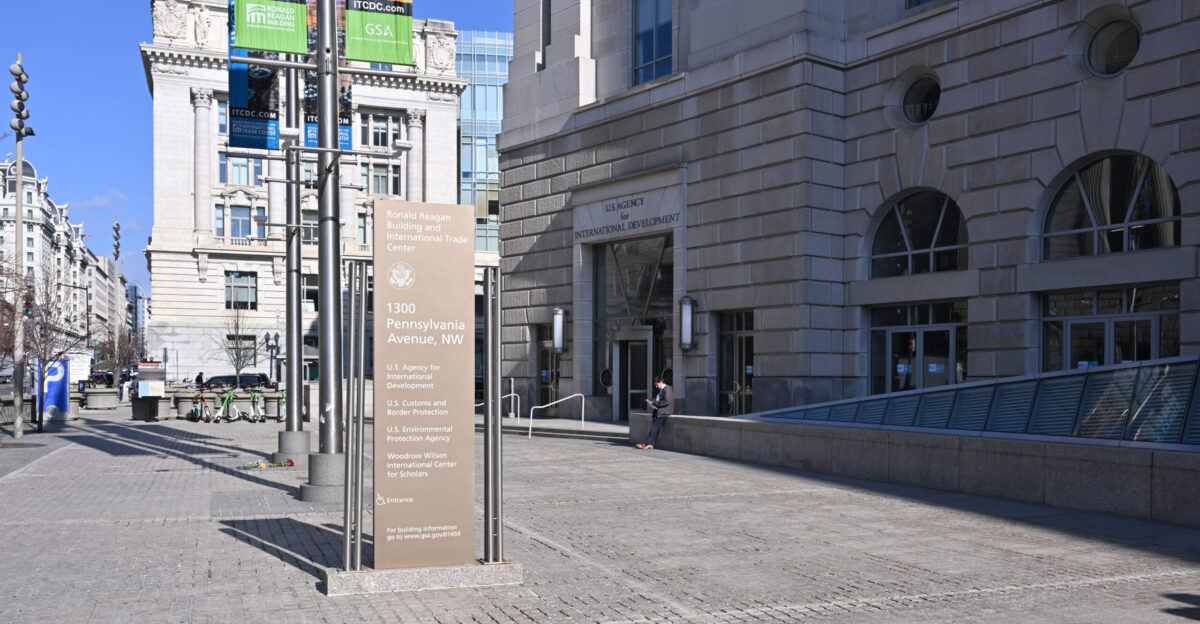
Following the administration’s executive actions, 90% of all USAID awards were terminated, ending hundreds of initiatives critical to communities worldwide. Global health response, including PEPFAR, tuberculosis, and nutrition programs, suffered immediate and severe disruptions; only limited waivers were issued for life-saving services like maternal and child health and emergency outbreak response.
“The administration is cutting more than 90% of the U.S. Agency for International Development’s foreign aid contracts and over $58 billion in overall U.S. assistance around the world,” said a State Department spokesperson.
Implications for USAID
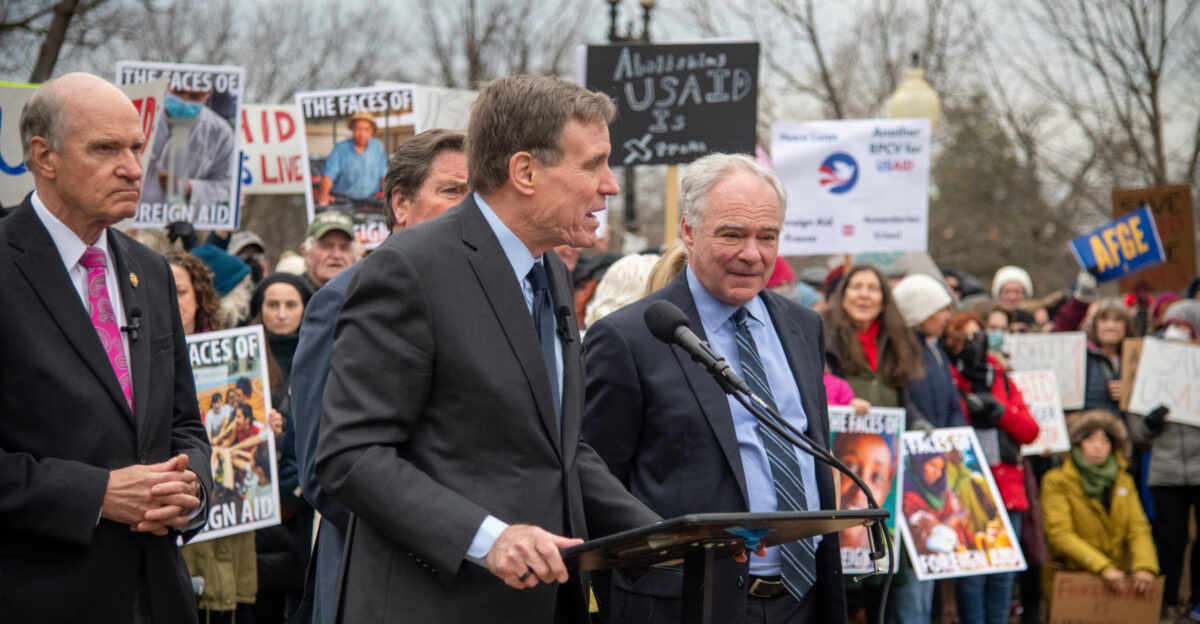
Following Trump’s executive freeze and subsequent elimination of grants, USAID underwent an abrupt shutdown of much of its global programming, along with a sweeping reduction in staff and contractors. This dismantling ended relief efforts in critical areas like health, education, agriculture, and crisis response.
It also threatened the continuity of programs like PEPFAR, disrupting services for millions living with HIV/AIDS and cutting off life-saving treatments for vulnerable populations.
Reaction from the Administration
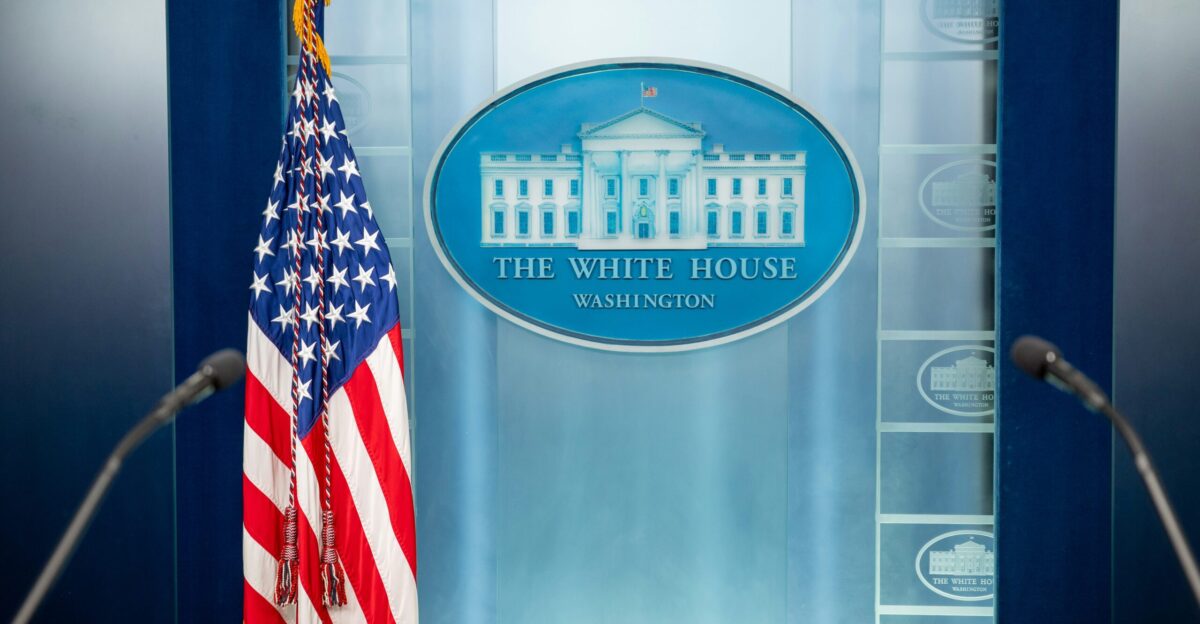
The administration’s reaction to the court-affirmed foreign aid freeze has been unapologetic and assertive, with officials praising it as fulfilling Trump’s “America First” agenda. President Trump described the sweeping suspension and elimination of grants as a necessary realignment of U.S. resources, arguing that American taxpayers should not “foot the bill for inefficient, unaccountable aid programs overseas”.
Judicial Debate and Dissent

The appeals court’s ruling ignited a heated judicial debate, with dissenting judges warning of its profound constitutional and humanitarian implications. Judge Lydia Ramos cautioned that dismissing nonprofit lawsuits for lack of standing left entire swathes of the aid sector without meaningful legal recourse, exposing millions worldwide to abrupt losses in life-saving services.
Community and International Response
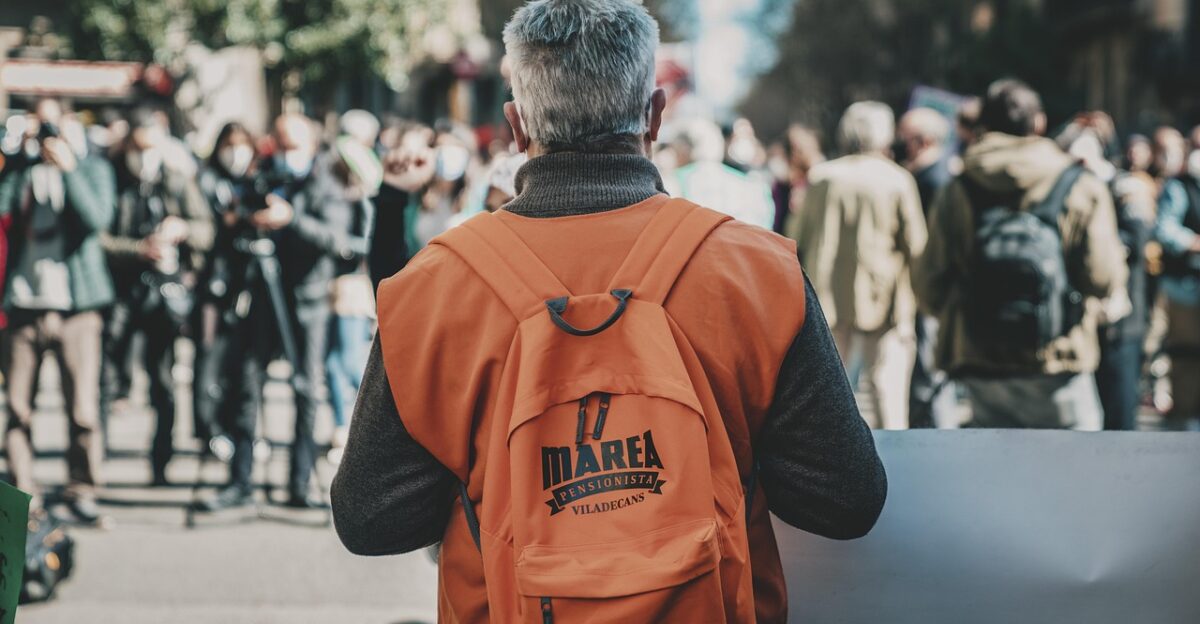
Local leaders and NGOs have warned of catastrophic health, education, food security, and emergency response setbacks in regions most dependent on U.S. support. Governments and major international organizations have struggled to fill sudden funding gaps, leading to cancelled humanitarian shipments, suspended vaccination drives, and the closure of community clinics.
The global development community has responded by calling for urgent reforms, more diversified funding sources, and new approaches to avoid similar crises in the future.
Supreme Court’s Role

In March 2025, the Supreme Court intervened with a narrow 5-4 ruling that required the administration to release nearly $2 2billion in frozen foreign assistance for projects already underway. The unsigned majority order joined by Chief Justice John Roberts, Justice Amy Coney Barrett, and the Court’s three liberals directed a lower-court judge to clarify compliance steps. Still, it did not mandate immediate full disbursement, allowing the legal fight to continue.
Trump’s Statement
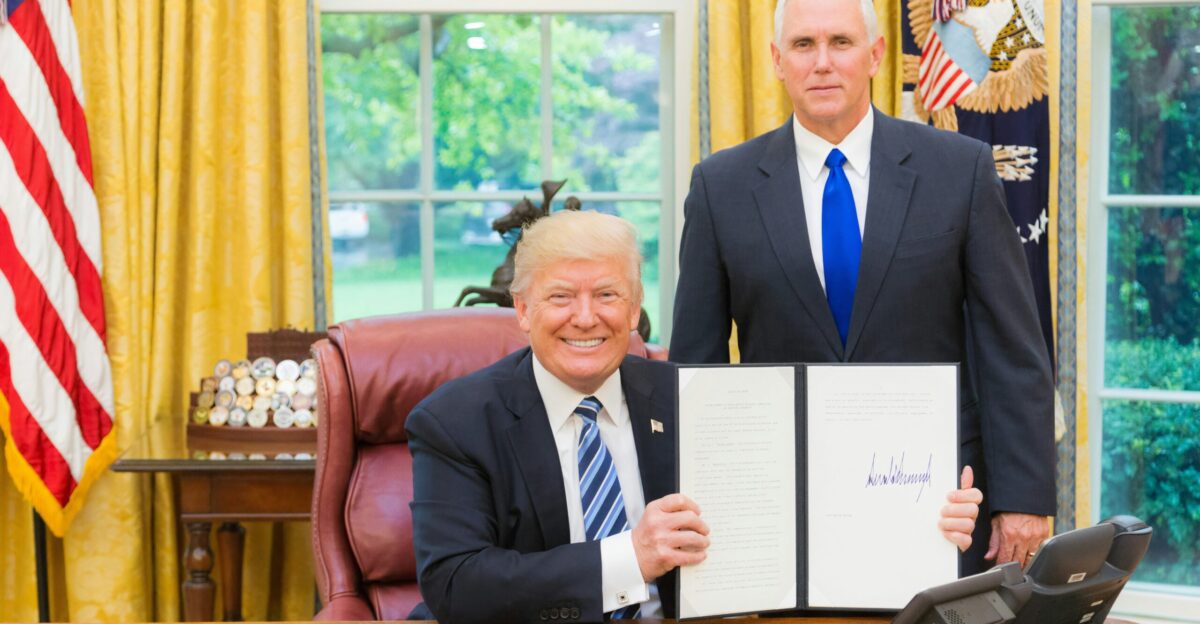
President Donald Trump has been vocal and unapologetic in defending his decision to freeze and restructure U.S. foreign aid. Trump maintained that the freeze and subsequent elimination of grants were part of a broader effort to “curb government waste” and advance his “America First” agenda, even as critics warned of dire humanitarian consequences.
“I imposed that immediate federal hiring freeze, a federal regulation freeze, and a foreign aid freeze,” Trump said during a speech to the Conservative Political Action Conference (CPAC) in Washington, DC. “We’re giving billions and billions of dollars to countries that hate us.”
The Future of USAID
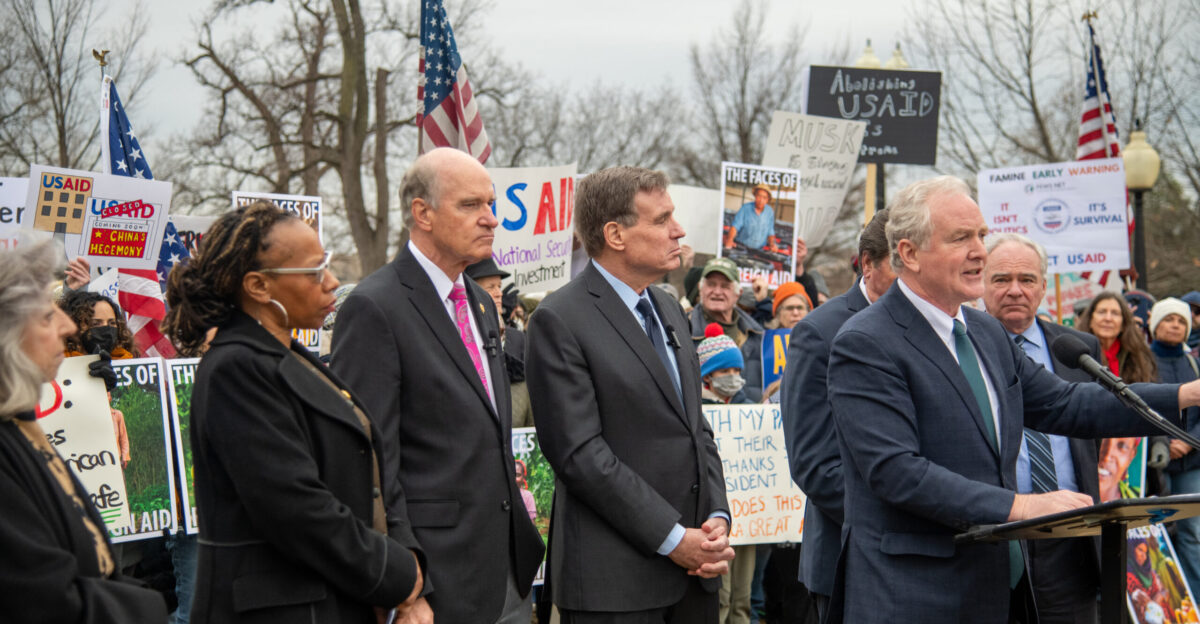
Under current proposals, USAID’s remaining responsibilities will be absorbed into a new bureau within the State Department, while core development projects, democracy promotion, and economic growth initiatives will be scaled down or ended altogether.
“We’ve also effectively ended the left-wing scam known as USAID. The agency’s name has been removed from its former building, and that space will now house agents from Customs and Border Patrol,” said Trump.
The Consequences of the Shutdown
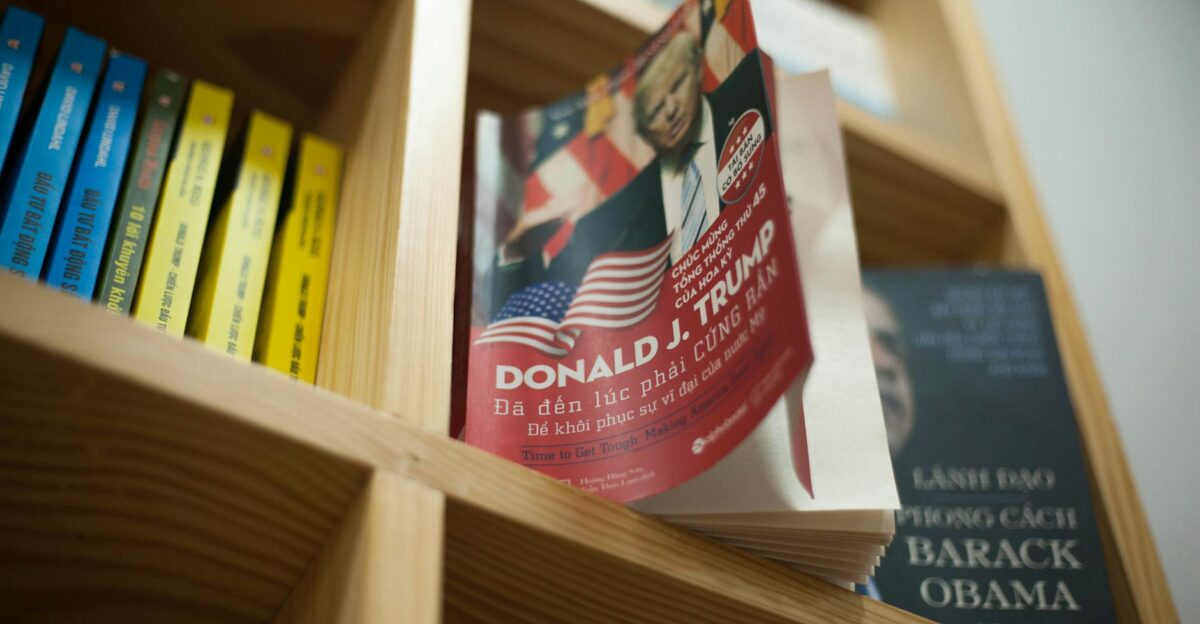
Within the United States, the abrupt shutdown terminated nearly 10,000 jobs and ended longstanding government contracts with American farmers, affecting rural economies. USAID’s closure destabilized the international humanitarian aid ecosystem globally, halting vital programs in 158 countries and slashing up to 40% of global aid flows.
Early estimates from the World Health Organization predict that these cuts could “lead to more than 10 million additional cases of HIV and three million HIV-related deaths, more than triple the number of deaths last year.”
Aid Groups’ Next Steps
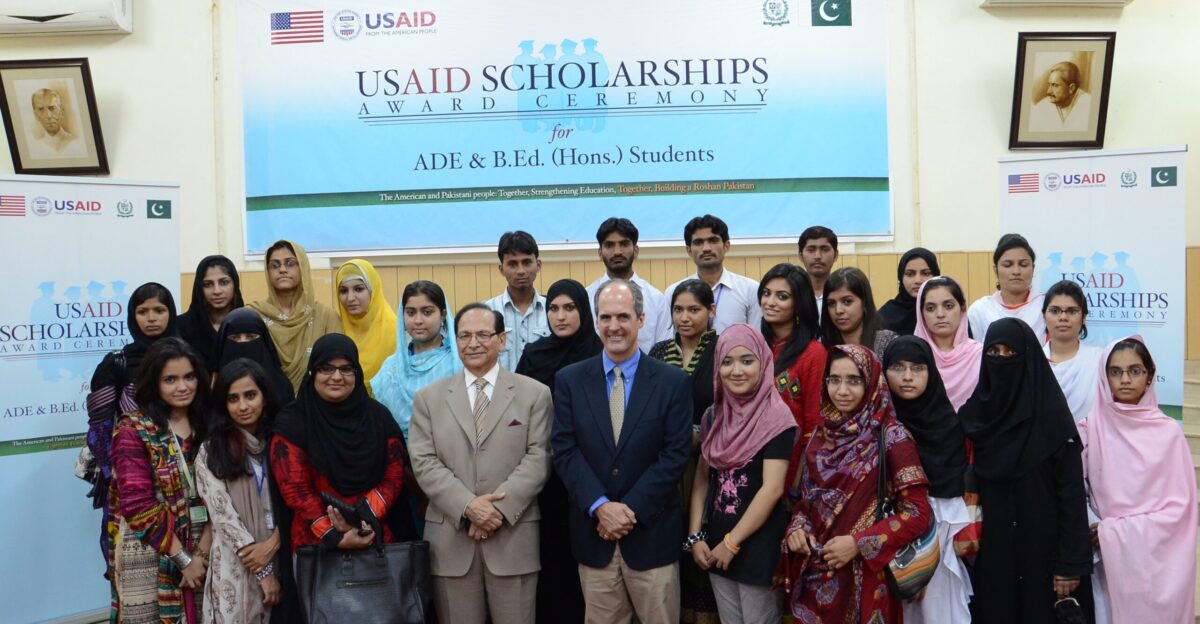
Aid groups are rapidly adapting their strategies to survive and continue serving vulnerable populations despite enormous financial pressure and operational uncertainty. These groups now have to look for alternative sources of funding from private philanthropy, social impact investing, crowdfunding, and corporate companies.
Local and national NGOs, hardest hit due to their dependency on project-based funding, prioritize operational sustainability and grassroots initiatives, even as mass layoffs and service cuts undermine their reach and trust within communities.
Contracts and Future Funding

By July 1, nearly 90% of all agency contracts had been cancelled, and food aid contracts with U.S. farmers had ended abruptly, affecting rural communities and severing vital supply chains. Projects for HIV treatment, tuberculosis control, clean water, emergency food distribution, and governance have all suffered from sudden suspensions, leaving millions at risk and undermining years of development progress.
The Road Ahead
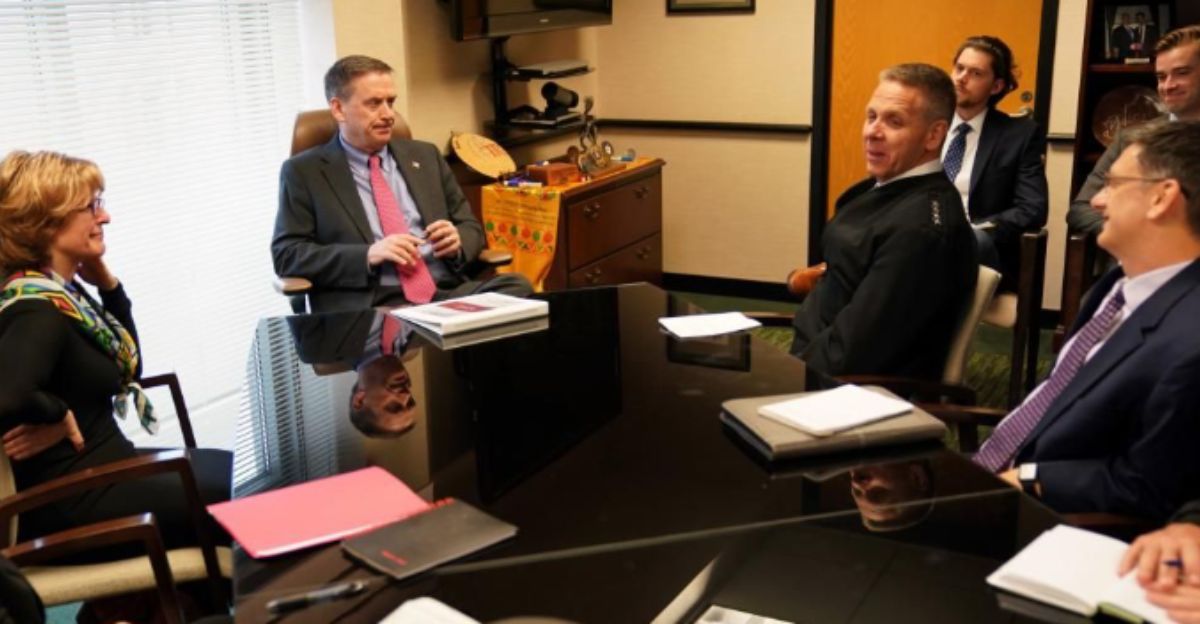
With the agency’s functions absorbed by the State Department and the vast majority of development projects ended, a new era of American foreign aid is beginning. Only a fraction of former USAID programs are expected to survive, now operating under tighter political oversight and resource constraints within the State Department’s new humanitarian bureau.
As one former USAID official put it, “Development will not vanish. It’s not over.” The road ahead may be difficult, but the commitment to a safer, more just world remains as strong as ever.